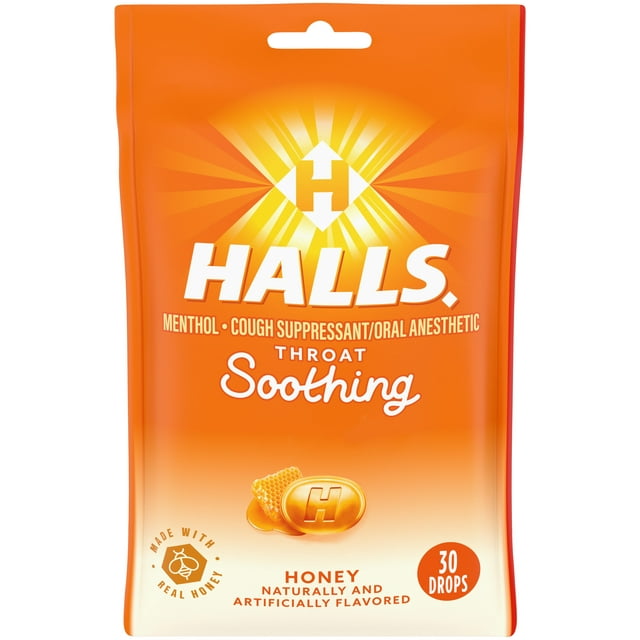Strep Throat: Symptoms, Causes, Treatment
What are the symptoms of strep throat?
Strep throat is a bacterial infection caused by group A Streptococcus bacteria. The symptoms of strep throat can vary but often include:
- Sore throat: A painful, scratchy, or irritated throat, often with redness and swelling.
- Difficulty swallowing: Pain or discomfort when swallowing, especially solid foods or liquids.
- Swollen lymph nodes: Tender, swollen glands (lymph nodes) in the neck.
- Fever: A high fever, usually greater than 101°F (38.3°C), often accompanied by chills.
- Headache: A mild to moderate headache, often accompanied by body aches.
- Swollen tonsils: Red, swollen tonsils, sometimes with white patches or pus.
- Loss of appetite: Decreased desire to eat due to throat pain and discomfort.
- Nausea or vomiting: Some people with strep throat may experience nausea or vomiting, especially in children.
- Rash: In some cases, strep throat can cause a red, sandpaper-like rash known as scarlet fever, which typically appears on the neck, chest, and abdomen.
It’s important to note that not all sore throats are caused by strep throat. Viral infections, such as the common cold or flu, can also cause sore throats but typically do not require antibiotics. If you or your child is experiencing symptoms of strep throat, it’s important to see a healthcare provider for an accurate diagnosis and appropriate treatment. Antibiotics are often prescribed to treat strep throat and prevent complications.
What are the causes of strep throat?
Strep throat is caused by infection with group A Streptococcus bacteria, specifically Streptococcus pyogenes. This bacteria is highly contagious and can be spread through respiratory droplets when an infected person coughs or sneezes, or by touching surfaces contaminated with the bacteria and then touching the mouth, nose, or eyes.
Strep throat is more common in children than adults, and outbreaks often occur in schools and other crowded settings. Factors that can increase the risk of developing strep throat include:
- Close contact: Being in close contact with an infected person, especially in crowded or confined spaces.
- Poor hygiene: Not washing hands regularly or properly can increase the risk of spreading or contracting the bacteria.
- Weakened immune system: Having a weakened immune system due to illness, stress, or certain medications can make a person more susceptible to strep throat.
- Season: Strep throat is more common in the late fall, winter, and early spring.
It’s important to note that not everyone who is exposed to the bacteria will develop strep throat. Some people may carry the bacteria in their throat or on their skin without showing any symptoms (asymptomatic carriers). However, asymptomatic carriers can still spread the bacteria to others.
What is the treatment for strep throat?
The primary treatment for strep throat is antibiotics, which are used to kill the bacteria causing the infection and reduce the risk of complications. The most common antibiotics prescribed for strep throat are penicillin or amoxicillin. Other antibiotics, such as cephalosporins or macrolides, may be used for people who are allergic to penicillin.
In addition to antibiotics, other treatments and home remedies can help relieve symptoms and support recovery from strep throat. These include:
- Pain relievers: Over-the-counter pain relievers such as acetaminophen (Tylenol) or ibuprofen (Advil, Motrin) can help reduce fever and relieve throat pain.
- Throat lozenges or sprays: Throat lozenges – Halls – or sprays containing numbing agents such as benzocaine can help reduce throat pain.
- Fluids: Drinking plenty of water and other fluids can help prevent dehydration and soothe a sore throat.
- Rest: Getting plenty of rest can help the body recover from infection and reduce fatigue.
- Warm saltwater gargle: Gargling with warm saltwater can help reduce throat inflammation and relieve throat pain.
- Humidifier: Using a humidifier in the bedroom can help moisten the air and soothe a sore throat.
It’s important to finish the entire course of antibiotics prescribed by your healthcare provider, even if you start to feel better before the medication is finished. This helps ensure that the infection is completely cleared and reduces the risk of complications or recurrence. If you or your child is experiencing symptoms of strep throat, it’s important to see a healthcare provider for an accurate diagnosis and appropriate treatment.




